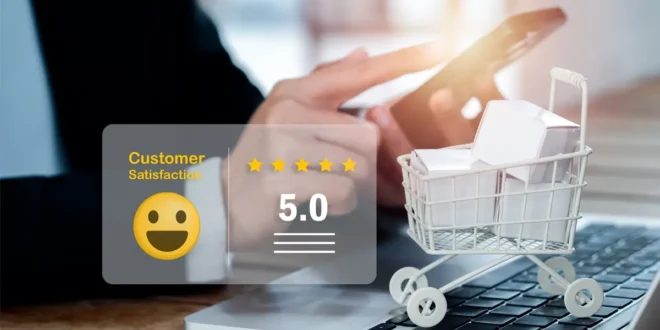Customer experience does not end once payment is made.
A strong post-checkout strategy plays a major role in how buyers feel about a brand, shaping loyalty, retention, and long-term trust.
When customers receive quick help, useful updates, and personalized attention after a purchase, they are far more likely to buy again.
A seamless experience after checkout often turns one-time buyers into repeat customers who advocate for the brand.
Around 90% of shoppers say positive post-purchase support directly influences their decision to return for future purchases, according to Salesforce.
That number alone shows how essential it is to prioritize engagement after the transaction.
Brands that neglect post-purchase experiences risk losing customers to competitors who provide faster responses, better communication, and personalized care.

Tool #1 – Help Desk & Ticketing Systems
A help desk system simplifies post-purchase communication by centralizing customer queries in one organized platform.
Instead of scattered messages across multiple channels, agents can handle everything through a unified interface.
Key Features:
- Centralized inbox for tickets and issues
- Automated routing and assignment to the right department
- Multichannel support covering chat, social media, and email
Help desks address the most common pain points buyers face after ordering, such as tracking shipments, managing returns, or resolving delays.
Quick resolutions prevent frustration, reduce complaints, and protect brand credibility.
Companies using help desk platforms often see their average response time drop by 60%, as reported by ExcellentBusinessPlans.
Faster responses mean fewer negative reviews and greater trust. A proactive support system also allows teams to recognize recurring issues and improve internal processes.
Integrating tools like WISMOlabs post purchase integration can add another layer of efficiency by giving customers real-time order visibility while agents focus on resolving more complex concerns.
Tool #2 – Customer Feedback & Experience Analytics
Feedback and behavior analytics tools help businesses understand customer interactions after purchase.
These systems reveal how people engage with post-checkout features, such as order tracking pages, return portals, or support sections.
Key Features:
- Session replays and heatmaps (FullSession) to visualize user behavior
- Custom surveys and feedback widgets for collecting opinions
- Detection of usability friction during returns or account logins
Analyzing what customers do after buying allows businesses to identify where frustration begins and why support tickets may rise.
For example, if many users pause on the returns page or repeatedly check tracking information, it signals confusion or a delay issue that needs attention.
Monitoring behavior enables brands to fix bottlenecks before they escalate into complaints.
Tools like FullSession even allow real-time observation of user sessions, helping teams find subtle patterns that affect loyalty.
Continuous insight ensures customers feel understood and valued after every purchase.

Tool #3 – CRM with Workflow Automation
Customer relationship management tools enhance post-purchase engagement by automating personalized outreach. These systems help maintain consistent communication without overwhelming support staff.
Key Features:
- Automated follow-up emails with thank-you messages, surveys, or discounts
- Centralized record of order history and customer preferences
- Smart recommendations based on purchase data and browsing behavior
CRM automation ensures customers never feel forgotten after checking out.
A well-designed workflow can trigger helpful messages such as shipping updates, product care tips, or exclusive offers.
Personalized attention keeps customers connected to the brand and encourages future purchases.
Businesses that automate post-purchase communication often report higher Net Promoter Scores and repeat sales.
Final Thoughts
Improving post-checkout experience requires a combination of empathy, strategy, and technology.
Support tickets, behavioral feedback, and automated workflows create a system where every customer feels cared for after purchase.
Starting with one tool that addresses the most pressing gap is often the most effective approach.
 Hi Boox Popular Magazine 2025
Hi Boox Popular Magazine 2025



